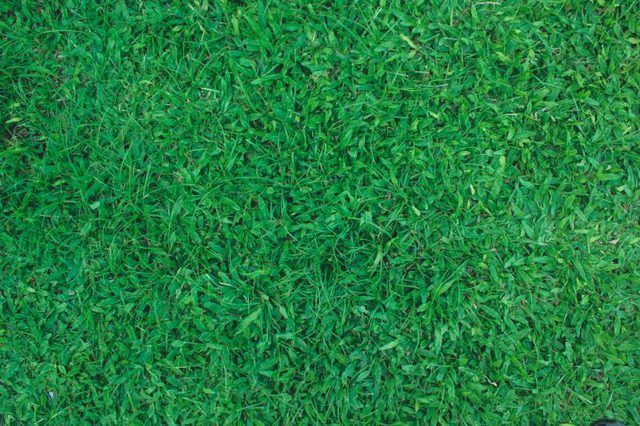Bulbs
Flower Basics
Flower Beds & Specialty Gardens
Flower Garden
Garden Furniture
Garden Gnomes
Garden Seeds
Garden Sheds
Garden Statues
Garden Tools & Supplies
Gardening Basics
Green & Organic
Groundcovers & Vines
Growing Annuals
Growing Basil
Growing Beans
Growing Berries
Growing Blueberries
Growing Cactus
Growing Corn
Growing Cotton
Growing Edibles
Growing Flowers
Growing Garlic
Growing Grapes
Growing Grass
Growing Herbs
Growing Jasmine
Growing Mint
Growing Mushrooms
Orchids
Growing Peanuts
Growing Perennials
Growing Plants
Growing Rosemary
Growing Roses
Growing Strawberries
Growing Sunflowers
Growing Thyme
Growing Tomatoes
Growing Tulips
Growing Vegetables
Herb Basics
Herb Garden
Indoor Growing
Landscaping Basics
Landscaping Patios
Landscaping Plants
Landscaping Shrubs
Landscaping Trees
Landscaping Walks & Pathways
Lawn Basics
Lawn Maintenance
Lawn Mowers
Lawn Ornaments
Lawn Planting
Lawn Tools
Outdoor Growing
Overall Landscape Planning
Pests, Weeds & Problems
Plant Basics
Rock Garden
Rose Garden
Shrubs
Soil
Specialty Gardens
Trees
Vegetable Garden
Yard Maintenance
How to Get Rid of Sod Webworms From Grass
How to Get Rid of Sod Webworms From Grass. Sod webworms are the larval form of several different lawn moth varieties. They feed on grass blades, either cutting them off at the base or chewing on the blade and leaving behind a ragged appearance. Severe infestations leave behind thin, dead spots in the lawn that resemble drought damage. Providing the...

Sod webworms are the larval form of several different lawn moth varieties. They feed on grass blades, either cutting them off at the base or chewing on the blade and leaving behind a ragged appearance. Severe infestations leave behind thin, dead spots in the lawn that resemble drought damage. Providing the correct cultural care can get rid of a minor infestation, but the best management occurs with a combination of cultural, biological and chemical controls.
Healthy Lawn Practices
Webworm larvae live and tunnel in the thatch layer on top the soil. Dethatching the lawn if webworms are present or when the thatch layer is greater than ? inch thick can minimize webworm activity. Lush, healthy lawns are also more resistant to sod webworm damage. Maintaining a lawn mower height above 2 ? inches and removing no more than one-third of the grass' height at each mowing results in a thicker lawn. Combining mowing and dethatching with a regular irrigation schedule that provides 1 to 2 inches of water weekly can also help. Although these methods may not completely destroy the webworms, they can minimize the apparent damage.
Predator Allies
Natural predators include ground beetles, parasitic wasps, earwigs and robber flies. Predatory nematodes of the Steinernema carpocapsae species also kill sod webworms. The soil requires watering before application of nematodes, with continued irrigation in the two weeks following application. Apply the nematodes during the cool part of the day following package application rates, which delivers 25 million nematodes per 1,000 square feet of lawn. Products containing the bacteria Bacillus thuringiensis var. kurstaki can destroy webworms during the early stages of an infestation. Mix 2 to 4 ounces of 1.76 percent Bt concentrate with 1 gallon of water. Before applying Bt, mow the yard to the appropriate height and water the area. Spray the Bt onto the lawn and refrain from irrigation or mowing for at least two days. Wear gloves, protective clothing and follow all label safety precautions when using.
Chemical Controls
Sod webworms feed primarily right after dark, so evening applications of pesticides have the most success. Late spring and summer applications work best because the webworms are closer to the soil surface. A pesticide containing deltamethrin, diluted at the rate of 1 to 2 ? tablespoons per 2 gallons of water and sprayed over 1,000 square feet of lawn can provide effective control. Permethrin sprays diluted at the rate of 2 to 4 teaspoons per gallon of water per 1,000 square feet can also kill webworms. Follow label precautions, such as wearing protective gear, when mixing and applying. Before applying any insecticides to the turfgrass, mow to the correct height and water the area to be treated. Avoid irrigating and mowing for at least 24 hours after application and stay off the lawn until the pesticides have dried.
Seed Successfully
Thin patches are a byproduct of sod webworm activity. Overseeding the lawn with a webworm-resistant grass variety can minimize pest activity in the future. Kentucky bluegrass (Poa protensis), hardy in U.S. Department of Agriculture plant hardiness zones 3 through 7, and perennial ryegrass (Lolium perenne), hardy in zones 7 through 10, are more prone to webworm feeding than some other grass varieties. Choosing a perennial ryegrass that contains endophyte fungi, which is listed on the seed package, or a tall fescue (Festuca arundinacea), which grows in USDA zones 4 through 7, for overseeding results in resistant lawns that will require fewer webworm treatments.